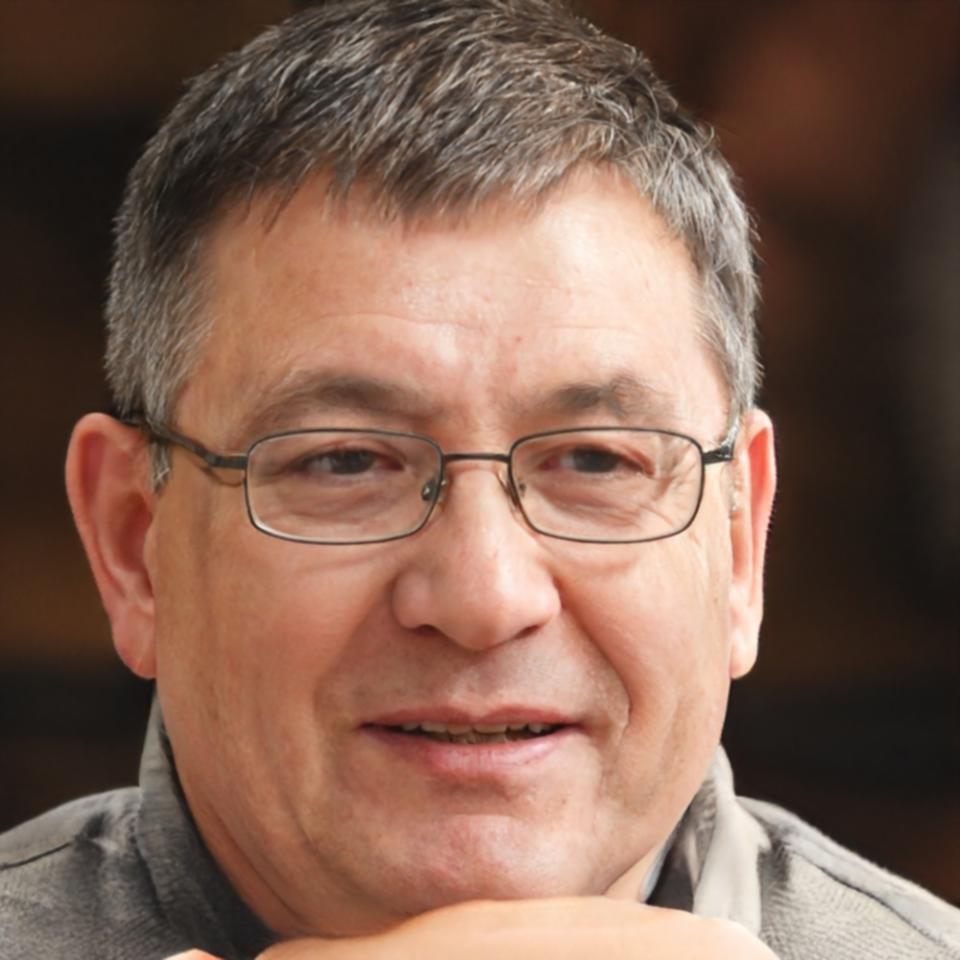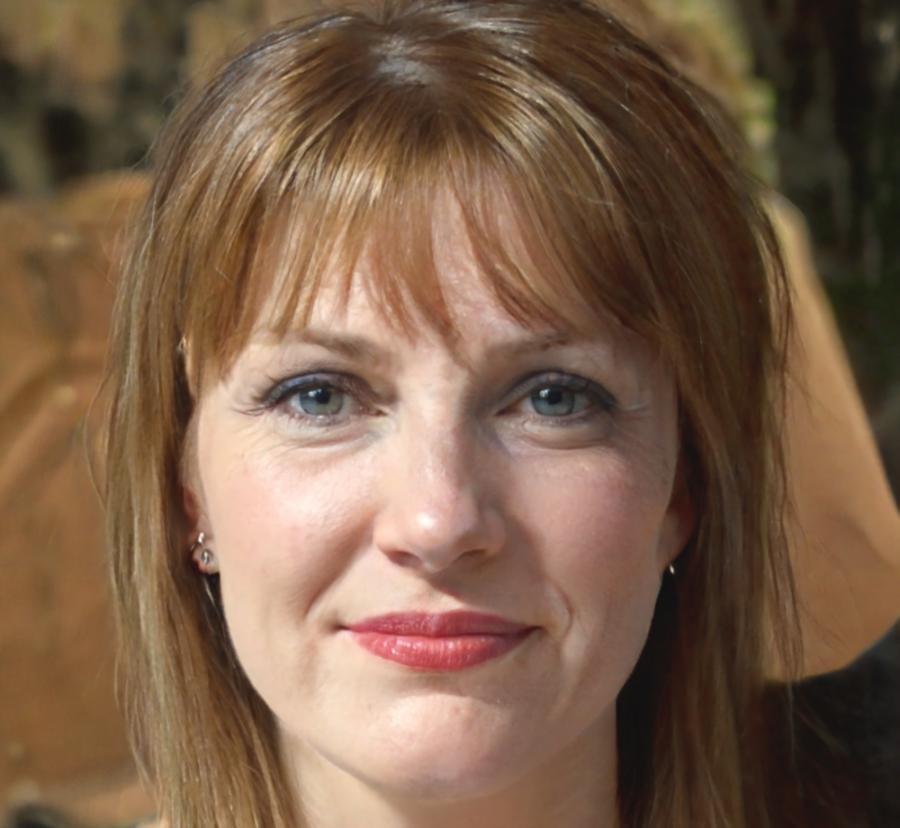Learn Options Trading Without the Usual Confusion
Most people think options are complicated. They're not—you just need someone to explain them in plain language. Our 12-week program walks you through the basics at a pace that actually makes sense.
How the Program Works
Three months. Four phases. Real understanding by the end.
Foundation Month
We start with what options actually are. Not the textbook definition—the real one that makes sense when you're looking at a trade.
You'll learn about calls and puts, strike prices, and expiration dates. But more importantly, you'll understand why someone would buy an option instead of just buying the stock. Weeks 1-4 cover these basics through examples you can follow along with.
Strategy Development
Once you know the pieces, you learn how they fit together. Covered calls, protective puts, spreads—strategies that people actually use.
During weeks 5-8, we walk through different approaches for different market conditions. You'll see why someone might choose a bull spread over just buying a call, or when a collar makes more sense than either. Real scenarios, not theoretical ones.
Risk Management Focus
This is where most courses fail. They teach you how to place trades but not how to protect yourself when things go sideways.
Weeks 9-10 focus entirely on position sizing, stop losses, and managing your exposure. You'll learn what Greeks actually mean for your portfolio and how to adjust positions when the market moves against you. It's not exciting, but it's the difference between lasting and blowing up your account.
Practice and Review
The final two weeks are about putting it together. You'll work through practice trades and review common mistakes.
Week 11 covers paper trading exercises where you can test strategies without risking real money. Week 12 is a review session addressing questions that came up during the program. By the end, you should feel confident enough to start with small positions in your own account.



People Who Actually Trade Options
Vasil has been trading options since 2018. He's made good trades and terrible ones. The terrible ones taught him more, honestly. He started teaching because he got tired of seeing people confused by overly complicated explanations.
Ralitsa handles the program coordination and works with students individually when they get stuck. She came from a banking background and remembers what it was like learning this stuff from scratch. Between them, they keep the program focused on what actually helps beginners.
Class Size and Format
We keep groups small—usually around 15-18 people. Sessions run twice weekly in the evenings (Sofia time), and everything's recorded if you miss one. You'll also get access to a shared workspace where you can ask questions between sessions.